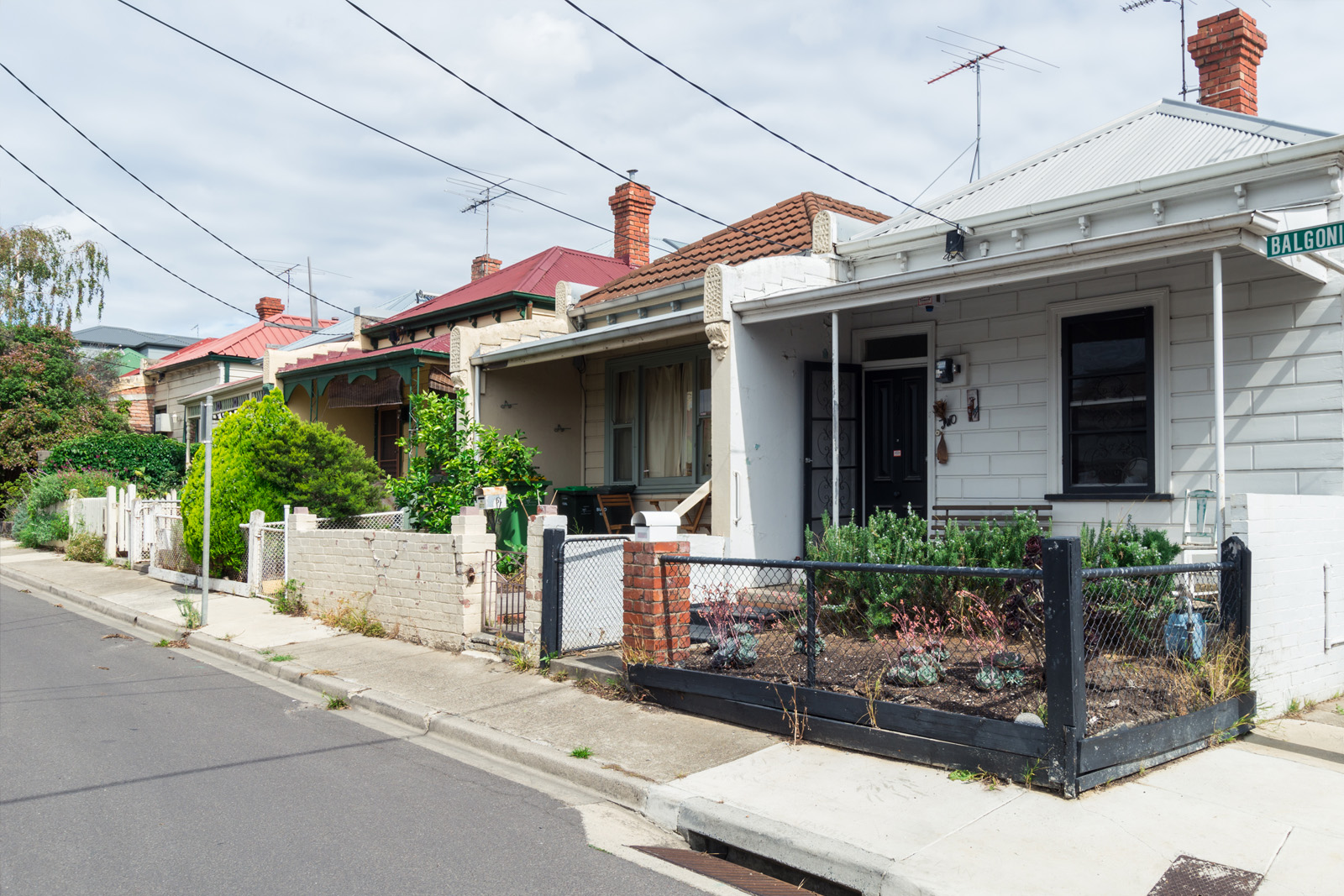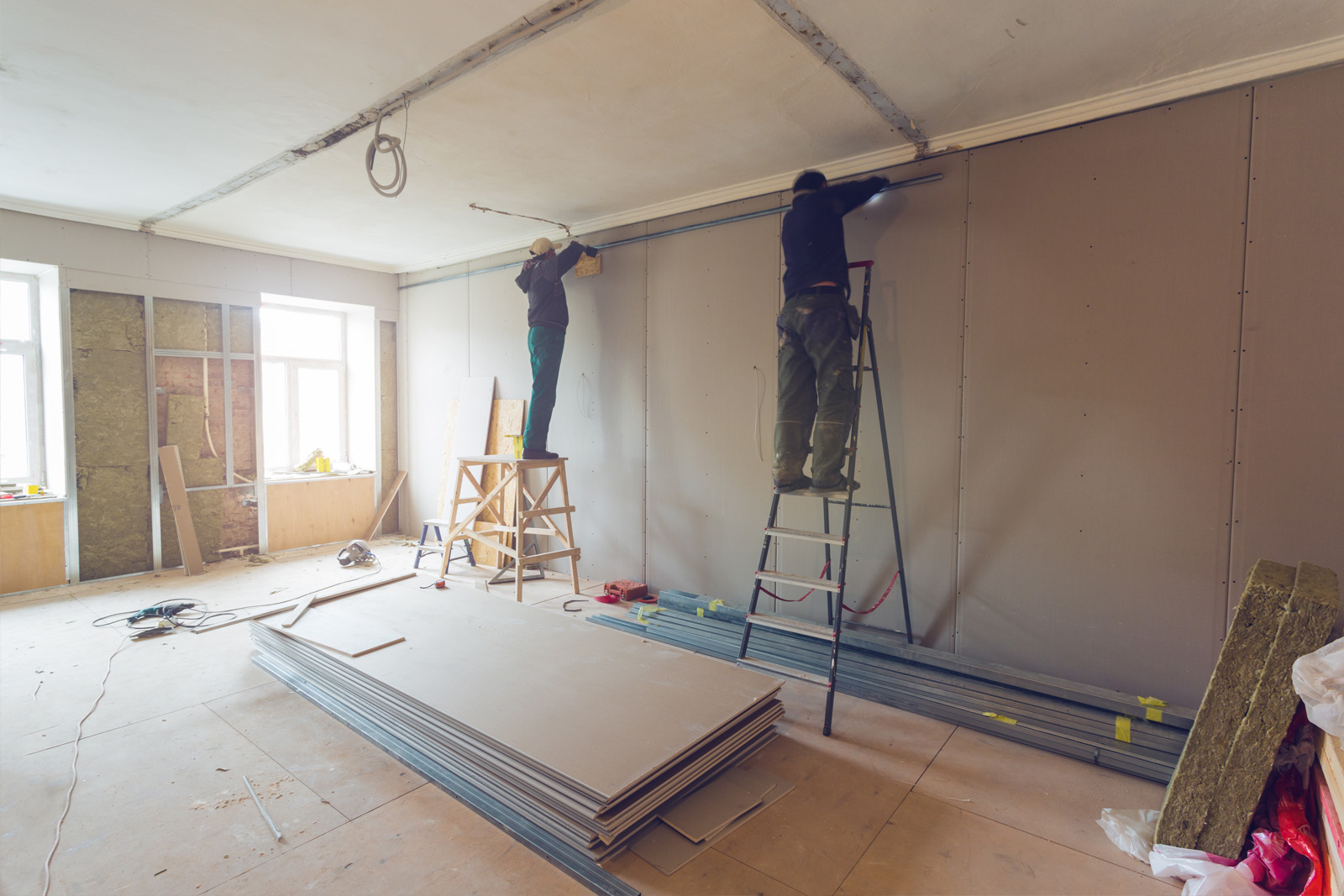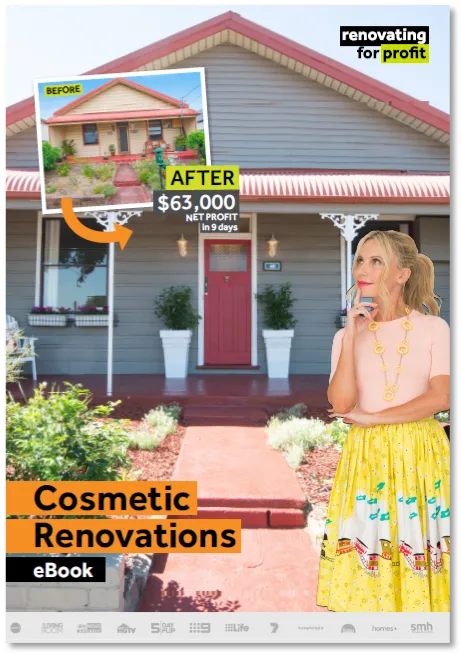Investment changes under a Labor government
In the lead-up to the May 18 federal election, proposed changes to negative gearing have been a key issue of discussion.

negative gearing in a nutshell
Negative gearing is when the interest on a loan is higher than the net rental income, meaning the investor is making a loss. Under current tax laws, this loss can then be deducted from other income, such as wages, reducing the investor’s taxable income in that financial year. A negatively geared property becomes positively geared once the income exceeds the interest and expenses.
Negative gearing has proven a popular investment strategy for Australian investors, with the greatest benefit being the ability to use property-related losses to reduce tax liabilities.
LABOR’s proposed changes to negative gearing
If elected, Labor proposes to limit negative gearing to owners of new properties only. This means that investors can only deduct net losses for newly constructed properties from other income streams like their salary.
Under Labor’s proposal, all investments made before the changes come into effect will be fully grandfathered. This means investors who purchase existing properties before the commencement date will still be able to claim losses against wage income.
Labor’s objective is to pull investors away from second-hand properties and encourage them to invest instead in brand-new properties or other assets. Ideally, this will reduce the demand for second-hand property and put downward pressure on property prices.

Under this proposal it will make it more expensive for an investor to hold a loss-making property. Investors can expect lower cash return when owning a negatively geared property.
The Coalition intends to leave negative gearing as is.
PROPOSED CHANGES TO CAPITAL GAINS TAX (cgt)
If it wins the election, Labor also proposes to halve the capital gains discount for all assets purchased after a yet-to-be-determined date. This will reduce the capital gains tax discount for assets that are held longer than 12 months from the current 50 per cent to 25 per cent.
All investments made before this date will not be affected by this change and will be fully grandfathered.
This proposed policy change will not affect investments made by superannuation funds. The CGT discount will not change for small business assets.
how depreciation is affected
Depreciation will still be an important factor under Labor’s proposed negative gearing policy change.
The main difference will be that deductions will only be used to reduce tax on the income generated from the property for second-hand property owners. Any additional losses for these owners will be carried forward and used in the future.
One of the most important tax deductions for investors is depreciation. Under current legislation, owners of income-producing properties are entitled to claim the wear and tear on their properties and contained assets as a depreciation deduction.

what can you claim for depreciation?
Depreciation allowances are defined into two categories by the Australian Taxation Office:
- Division 43 capital works allowance
- Division 40 plant and equipment depreciation
The capital works allowance (division 43) refers to what an investor can claim for the wear and tear that occurs to the structure of the property. This includes any structural improvements that may have been made during a renovation.

Plant and equipment depreciation (division 40) on the other hand refers to the deductions an investor can claim for the wear and tear that occurs to the easily removable fixtures and fittings found within the property, such as hot water systems, air conditioning units and curtains.
KEY dates that apply for deductions
If an investment property was purchased prior to 7.30pm on 9 May 2017, the owner can claim depreciation for any plant and equipment assets within the property as well as any available capital works deductions.
If a property was purchased after this date, plant and equipment depreciation can only be claimed if the property is brand new or is considered to be substantially renovated. Owners of second-hand residential properties purchased after this date can only claim depreciation on plant and equipment assets they purchase directly for the property.
Investors can continue to claim capital works deductions for the depreciation that occurs to the structure of their property regardless of when the property was purchased. This applies to any residential building where construction commenced after 15 September 1987. Investors are entitled to claim capital works at a rate of 2.5 per cent for up to 40 years.
Owners of older buildings built before 1987 should still find out what deductions are available, as often these buildings will have undergone some form of renovation which can result in capital works deductions for the owner.
conclusion
Investors can maximise their depreciation claim by engaging a specialist Quantity Surveyor, such as BMT Tax Depreciation, to prepare a tax depreciation schedule. This schedule lasts for the lifetime of the property (40 years) and is the best way to ensure every claimable dollar is captured.
In the 2017/2018 financial year, BMT found their residential investor clients an average of $8,212 in the first full financial year alone. Every BMT tax schedule is tailored to suit an individual’s property investment scenario, ensuring all deductions are identified and maximised.





